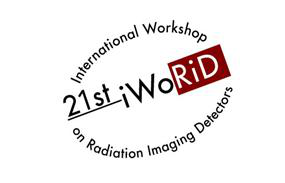Speaker
Description
The aim of the presented work is the evaluation of possible adaptation options for in-vivo CT scans of small animals with Timepix based micro-CT scanner. Until now the system has been used only for post mortem high-resolution imaging and dose delivered to the sample was not a crucial parameter.
Pilot measurements with thermoluminescent dosimeters (TLD) were performed and the dose rate for small rodent was estimated. This dose rate limits the maximal irradiation time for live specimens to tens of seconds to avoid immunosuppression or other irreversible biological damage.
Series of measurements were performed with PlastiMouse phantom using different acquisition parameters to evaluate best data acquisition strategy for given dose limits. The presented data refers to the relationship between exposure time recorded by the detector and reconstructed micro-CT slices quality. CNR was evaluated for 96 selected combinations of acquisition times and angular sampling. This covers a range of sample doses from 50 to 500 mGy delivered just during the recorded exposure time.
However, total scan time, therefore total accumulated dose, is prolonged by undesirable processes such as detector readout time or gantry movement. Both hardware and software options for decreasing the sample dose in used micro-CT scanner will be presented in the contribution.
